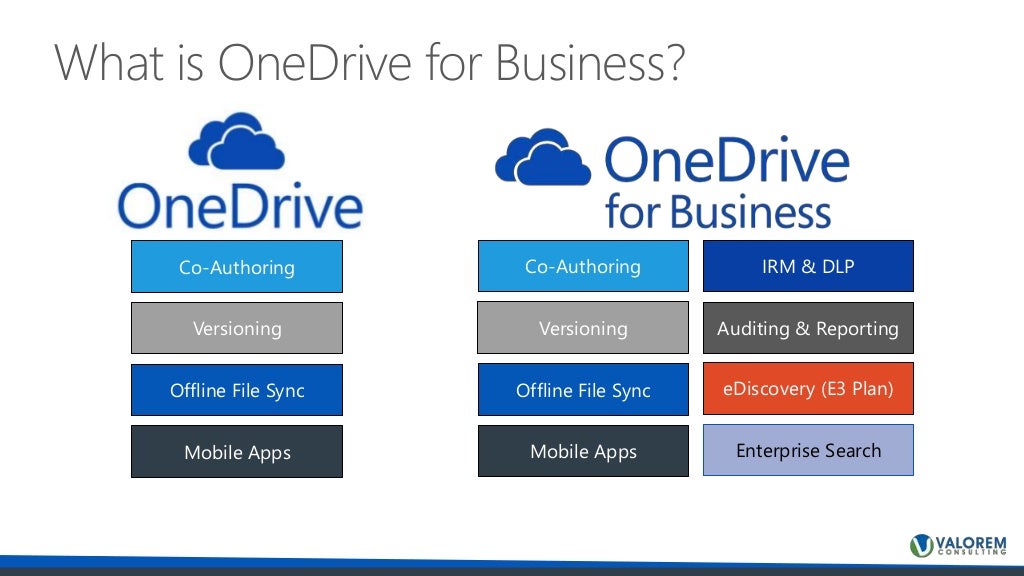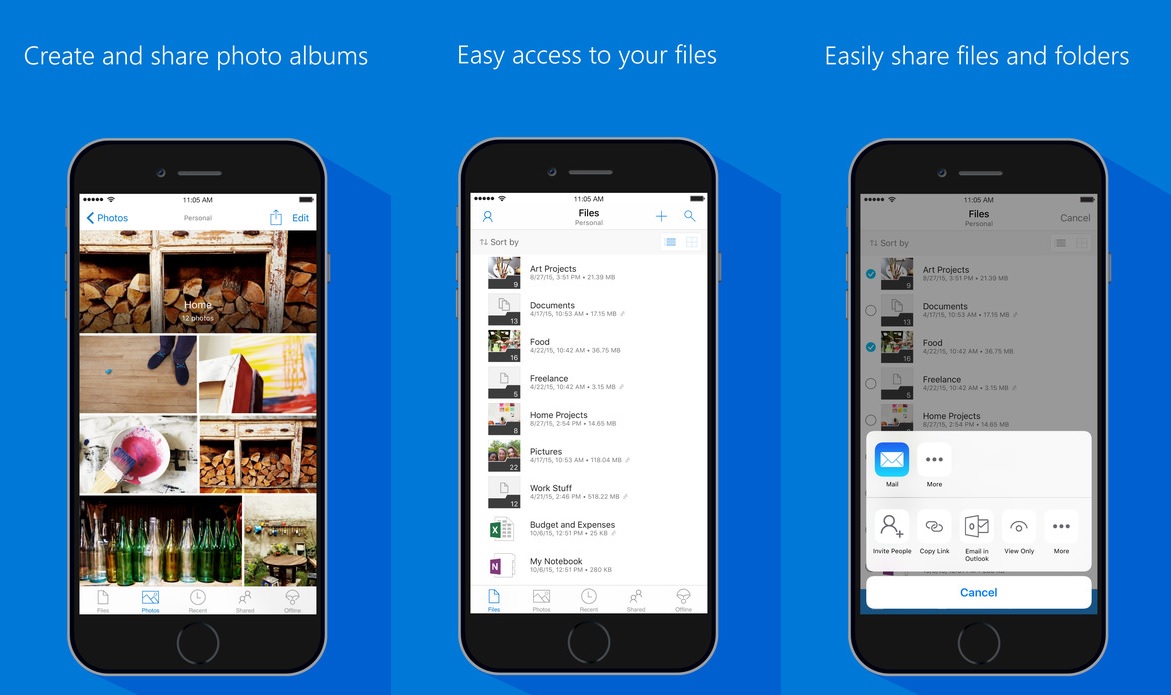


OneDrive can absolutely be an important part of a comprehensive backup strategy. Onedrive as a Part of Your Backup Strategy Thus, even if it were a backup (which it isn’t), OneDrive could never back up the installed programs or anything else on your PC. Program files that you install on your PC are not included, nor is Windows itself. It’s designed primarily for your documents and other data files. OneDrive Isn’t EverythingĪs you discovered, you don’t put everything in OneDrive. Placing files in OneDrive is simply choosing a new location for those files that carries many of the risks associated with being in only one place. More importantly, if you lose access to your OneDrive account or someone hacks the account, you can also lose all the files within it instantly and permanently, including OneDrive’s recycle bin. It’s acting exactly as if it were a single place.

For example, if you delete a file in OneDrive, it’s also deleted from all those other places. OneDrive replicates your files to the cloud and to other machines, but it’s still just one place. It’s the very definition of not being backed up. If it’s in only one place, it’s not backed up. We’ve been saying it for a long time. What we are describing applies to all file synchronization services, including OneDrive, Dropbox, Google Drive, and many others. Your bookmarks, emails, passwords, installed programs, files you store in other folders, etc, will be lost. When you need to recover your data, only the folders you store in OneDrive will be there. In case your computer crashes or gets stolen, you can recover those folders from the cloud. It can be used to store and sync your important files, such as Documents, Pictures, and Desktop folders with the cloud. We know this is counter-intuitive and perhaps even a little controversial, but while OneDrive can be an important part of a comprehensive backup strategy, OneDrive is not by itself a backup.


 0 kommentar(er)
0 kommentar(er)
